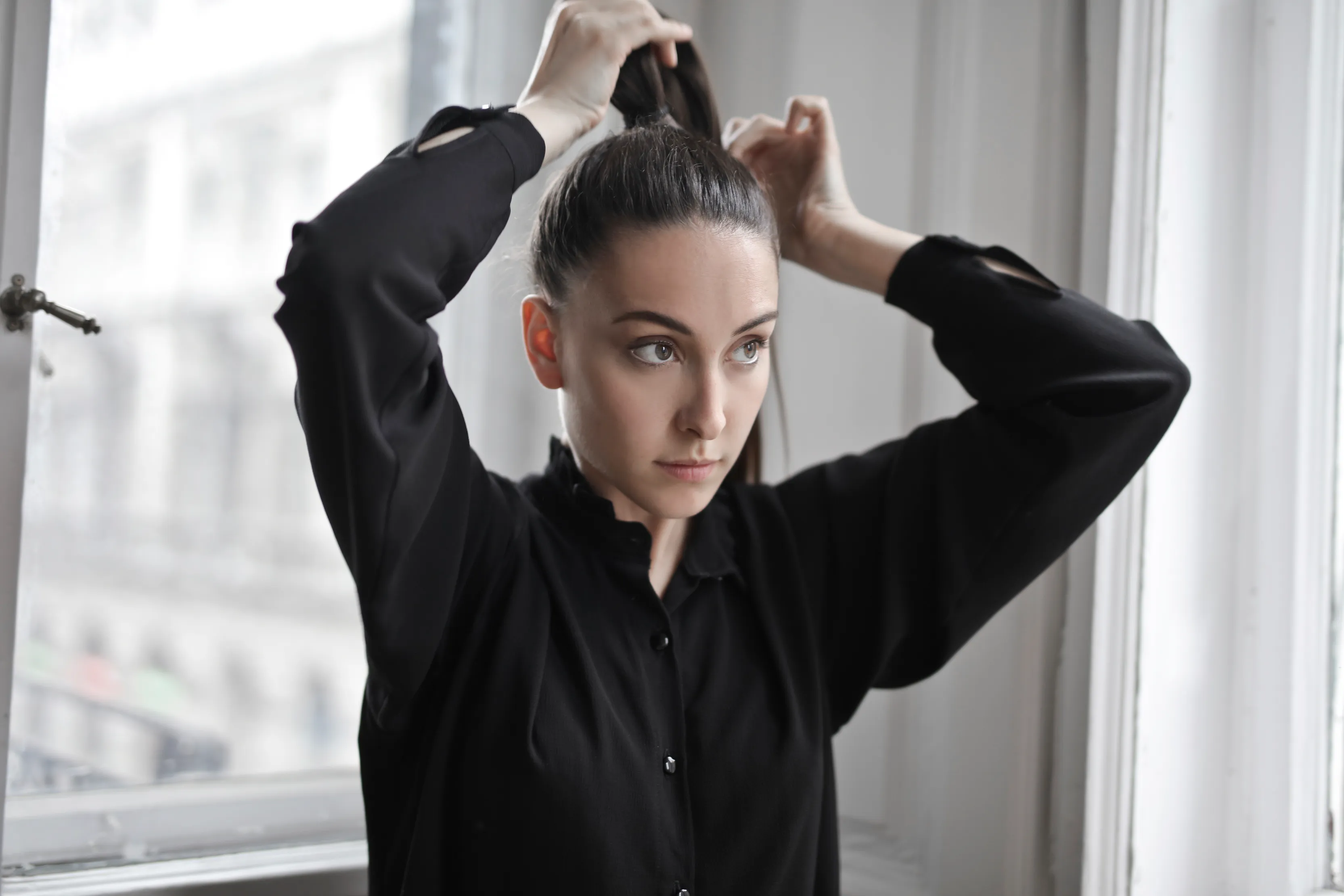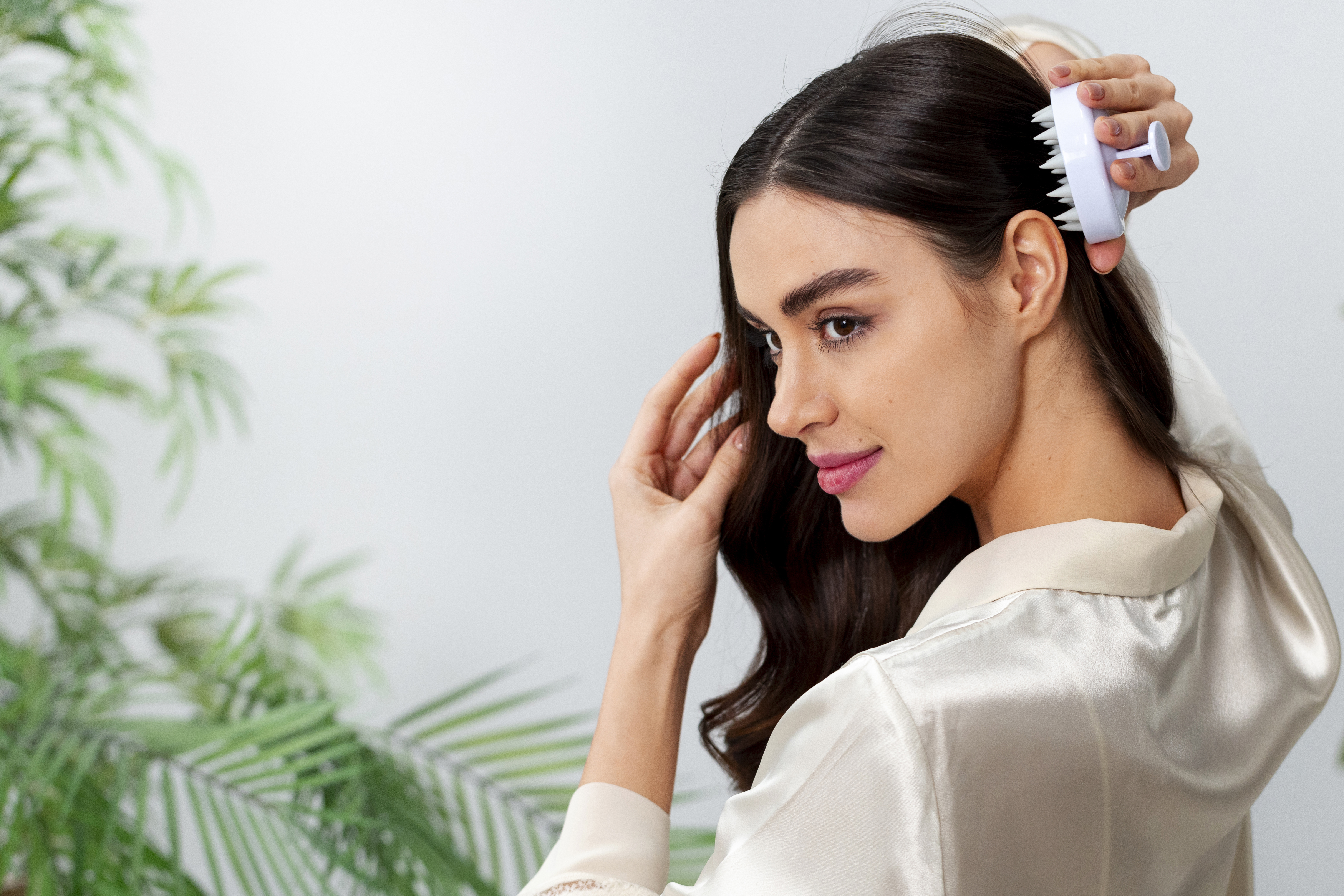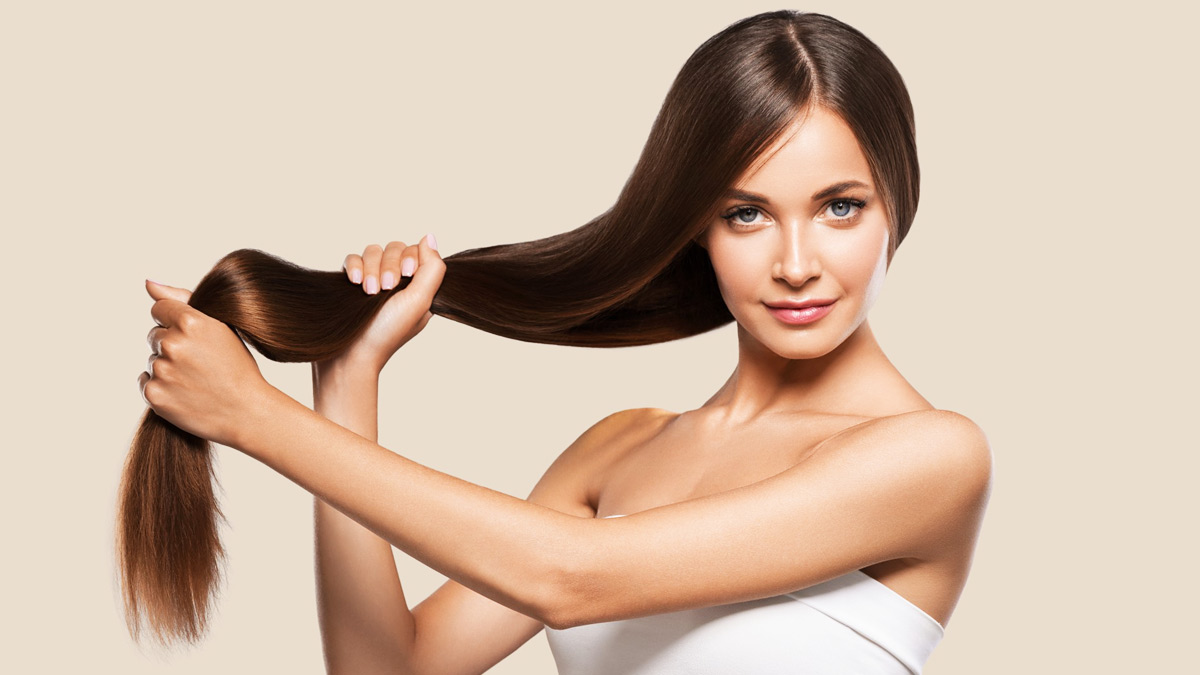
We all adore a great hairstyle, be it a sleek ponytail, a fashionable bun, or braids. Our hair is a reflection of our personality, a canvas for expression for most of us. But what if the very styles we love are quietly adding up to a widespread and unsettling issue i.e. hair fall? While diet, stress, genetics, and underlying medical conditions are usually the root caises of hair-loss, it's often the way we style and treat our hair that goes undetected.
Table of Content:-
In an exclusive interaction with the editorial team of Onlymyhealth, our expert, Dr Sanjeev Gulati, Department of Dermatology, Sharda Hospital - Noida, reveals the secret on how your everyday hair routine could be affecting your hair.
Understanding Traction Alopecia
The major means your hair style can lead to hair loss is through a situation known as traction alopecia. Hair loss under this condition results from persistent, repetitive pulling or tension on the follicles. "In the long run, this recurrent tension can weaken the follicles, cause them to become inflamed, lead to hair shaft weakening, and ultimately, permanent hair loss in the impacted locations," Dr Gulati explained.
Problematic Hairstyles That Can Cause Hair Fall
According to Dr Gulati, some popular hairstyles and how they may be compromising your hair are:
1. Tight Ponytails and Buns
These are maybe the most prevalent culprits. If ponytails or buns are worn too tightly, and especially if worn every day, they place a tremendous strain on the hairline, temples, and nape of the neck. The repetitive pulling might cause thinning at the hairline, which tends to show up as a receding hairline or thinning patches.
Also Read: Can You Spot Magnesium Deficiency Without A Test? Expert Shares Signs To Watch Out For

2. Braids and Cornrows (particularly close ones)
As pretty and protective as they are in some respects, braids can be a double-edged sword. When installed too tightly, braids, cornrows, or dreadlocks can place incredible stress on the scalp and hair follicles. The extra weight of extensions that are added to braids can make this issue worse. Be aware of small bumps or redness along the scalp, which signal excessive tension.
3. Hair Extensions and Weaves
The technique of attaching extensions (braiding, gluing, or clamping) tends to be pulling and tension on your own hair. Extensions may create considerable traction alopecia at the site of the attachments if not properly installed or cared for, but particularly around the attachment areas.
4. Tight Headbands and Hair Accessories
Although seemingly harmless, wearing extremely tight headbands or using hair accessories that tug on your hair daily can also cause localized hair loss.
5. Backcombing/Teasing (Excessive)
Although not directly responsible for traction alopecia, excessive backcombing is able to damage the hair cuticle, causing it to become more susceptible to breakage and weakening the hair shaft, which indirectly results in greater hair fall.

Signs Of Hair Loss From Problematic Hairstyles?
How can you be sure your hair loss is due to your grooming routine? Watch out for these expert-approved tell-tale signs:
- Receding Hairline: Visible thinning or bald spots along the hairline, particularly at the temples.
- Small Bumps or Redness: Irritation, tenderness, or pimple-like bumps on your scalp, especially around sections where the hair is drawn tight.
- Broken Hairs: More short, broken hairs on your hairline or where your style pulls tight.
- Pain or Soreness: A sensation of soreness or pain in your scalp, most notably after removing a tight hairstyle.
- Hair Loss in Certain Regions: Hair loss localized in regions that endure the most tension from your hairdos.
Tips To Rescue Hair Loss From Problematic Hairstyles
The best news is that traction alopecia is largely preventable. Here's how you can safeguard your dear strands:
- Loosen Up: Choose looser ponytails, buns, and braids. You should never experience pain or discomfort caused by your hairdo.
- Change Up Your Hairstyles: Avoid sporting the same constricting style every day. Give your scalp and hair a chance to rest by switching between updos and letting your hair down.
- Select Hair-Gentle Accessories: Go for soft scrunchies, fabric-wrapped elastic bands, or claw clips rather than tight rubber bands or metallic clips with pointed edges.
- Be Gentle with Braids and Extensions: If you get braids or extensions, communicate with your stylist about avoiding excessive tension. Ensure they are not too tight, and don't hesitate to speak up if you feel discomfort during the process. Take breaks between extension applications to allow your hair to recover.
- Limit Heat Styling: Excessive heat can weaken hair, making it more susceptible to breakage from styling.
- Practice Gentle Hair Care: Gently detangle wet hair using a wide-tooth comb, and never use rough brushing, particularly when your hair is wet and fragile.
- Nourish Your Hair from Within: Healthy hair growth depends on a balanced diet of vitamins and minerals (particularly biotin, iron, and zinc).
Bottomline
Although your go-to hairstyle may make you feel like a superstar, it's important to be aware of its effect on your hair's health. Through small, intentional adjustments to your styling routine, you can dramatically lower the risk of traction alopecia and maintain your locks strong, healthy, and gorgeous for many years to come. Remember, stylish hair always looks good!
Also watch this video
How we keep this article up to date:
We work with experts and keep a close eye on the latest in health and wellness. Whenever there is a new research or helpful information, we update our articles with accurate and useful advice.
Current Version